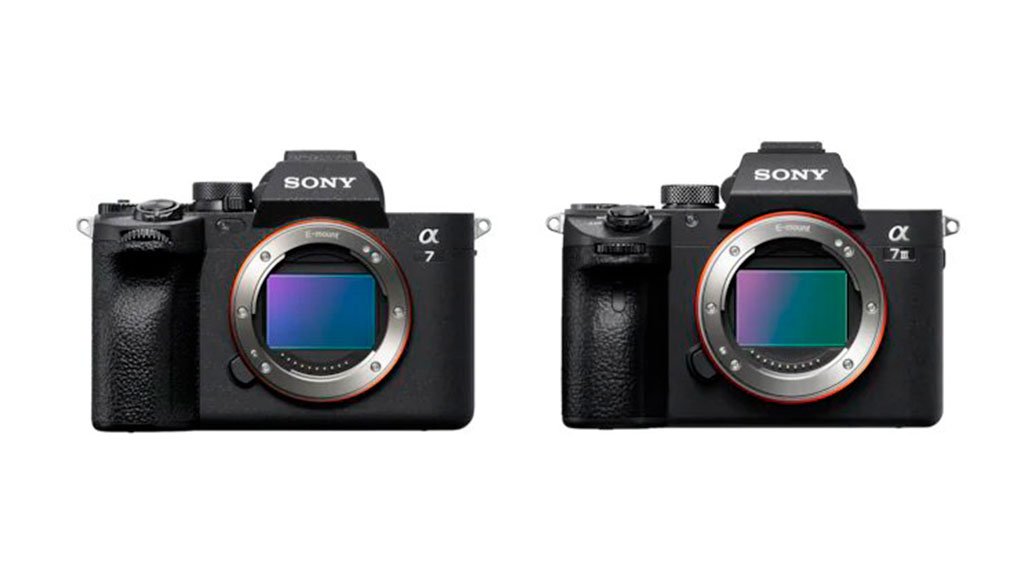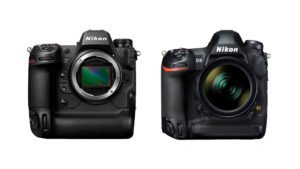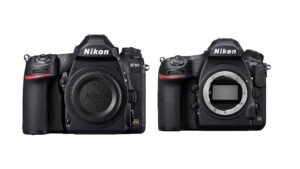After years of waiting Sony has finally decided to update its best-selling camera. This new Sony a7 IV brings many improvements over the previous model the Sony a7 III that has given so much joy to the photographic world. Today we will put both of them in the field to really check if they are worth buying or if it is better to keep the old model.
Sony a7 IV and Sony a7 III specifications
As always we will compare, the Sony a7 IV against its predecessor, the Sony a7 III. In this case we will comment on the key sections.
Sony a7 IV | Sony a7 III | |
SENSOR | 35 mm full frame (35.9 x 23.9 mm), Exmor R CMOS sensor, CON 33.0 MP | 24mpx Full Frame CMOS |
PROCESSOR | BIONZ XR | Bionz X |
FOCUS (AF) | 35 mm full frame: 759 points | 693-point hybrid and 4D technology |
VIEWER | 1.3 cm (0.5 type) electronic viewfinder (OLED Quad-VGA) with 3.68 million dots | 2.3mpx OLED and 100% coverage |
DISPLAY | 7.5 cm (3.0 type) TFT LCD display with 3″ 1 036 800 dots | 921,600 points |
ISO | ISO 100-51 200 (upgradeable to ISO 50- 204 800) | 100 to 51,200 (extended 50 to 204,800) |
SHOTS PER SECOND | 10 FPS (with AF/AE tracking) | 10 FPS |
STABILIZER | Image sensor displacement mechanism with 5-axis compensation 5.5 steps (according to CIPA standard)
| 5 axes |
DYNAMIC RANGE | EV-4 to EV20 (equivalent to ISO 100 with an F2.0 lens attached)
| 15 steps |
VIDEO RESOLUTION | 4K at 60p/30p (applicable over 7K sampling) and Full HD at 120p | 4K at 30p AND 100mb |
CONNECTIVITY | USB 3.2, Gen3, 10Gbps, Wifi 5 GHz and Bluetooth | USB 3.1, WIFI, Bluetooth 4.1 and NFC |
BATTERY | One NP-FZ100 rechargeable battery – 625 shots | 650 shots |
MONTURA | E-mount | E-mount |
WEIGHT | 658 g (with battery) | 650 g |
PRICE (body only) | 2.800€ | 1.800€ |
Sensor
One of the biggest differences between these two models is the sensor, which has finally gone from the 24mpx that the brand had standardized on since the release of the first version. This time, the brand is betting on a renewal with a 33mpx sensor which is better adapted to the demands of sports photographers who are used to having to crop their images. Despite this increase in mpxs, we found no deterioration in image quality at high ISOs. So it is still a very good companion for night sessions.
Processor
We now have an improved version of the well-known Bionz, which has always given us a relatively good response in this model. The brand has had to improve its processor to cope with those 33mpx without losing in burst. Hence the speed of response is about the same for the end consumer, but its raw power is actually much higher. And it’s not just photography that this new processor will have to deal with, its new video capabilities will make it work hard.
Approach
One of the most surprising features of this new Sony a7 IV is that it has a Sony a7 IV compared to its predecessor the Sony a7 IIIwas the incorporation of a bird’s eye focusing system. It works perfectly and is sure to be the envy of many nature photographers who have been waiting since the same brand announced the eye focus on animals such as dogs and cats. This new focus is able to be maintained and quickly switched to the opposite eye when the bird moves its head.
Viewer
Although it is not an extremely large improvement, we do notice a better quality than the viewfinder used in the Sony a7 III.Sony a7 III which, despite not being excellent, it fulfilled its purpose very well. In this case, we went from having a resolution of 2.3mpx to 3.8mpx. As we always know that the image that Sony gives through the viewfinder is somewhat “digitized” by this we mean that they do not get the naturalness of other brands as for example Nikon has.
Dynamic Range
In this aspect we did get an interesting improvement, we went from the 15 steps of dynamic range that already amazed us all to almost 20. This means that we have no problem when working with complicated lights, since we can recover the light in the processing.
Video
This is undoubtedly one of the aspects where this camera has grown exponentially. Now the Sony a7 IV is capable of recording 4k video at 60p as does its sister, the Sony a7S III. Although in this case we do not have as much bit depth and functions as it does. We will be able to record in 4:2:2 output, which is more than enough quality for most professionals in the sector. As aids that gives us the Sony a7 IV is the possibility of using a focus map, which allows us to see graphically which areas of the scene are in focus and which are not. Although, in part, this is something that the Sony a7 III already had. Sony a7 III with its focus peaking, but this new concept is able to help us better appreciate these focus changes.
Opinion
As always, we end with our personal opinion. In this case if you need a model of Sony cameras that can record at 4k and 60p and that does not go up in price the Sony a7 IV is undoubtedly the best option. But if, on the other hand, this is not relevant to you, you might be better off saving the money and going for the Sony a7 III. Sony a7 III now that it’s a bit cheaper. The other big difference we are left with is the sensor, and unless you are a sports photographer, I highly doubt you will be able to get the performance you need out of it and therefore the Sony a7 III would be the choice I recommend.







